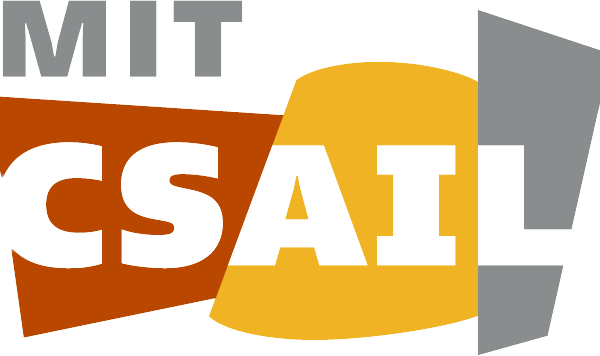Technical Information for Grant Proposals
In some in a grant or contract proposals, sponsors require information on technical / computing infrastructure specifications at CSAIL. The summary below provides that information.
If you have not already, please also visit MIT’s guide on Preparing and Submitting a Proposal
CSAIL Technical / Computing Infrastructure Specifications Summary
The Infrastructure Group (TIG) provides service-oriented computing, communications and operations assistance to support the world-class research underway at CSAIL.
TIG handles everything from maintaining and monitoring a complex computing infrastructure 24 hours a day, 7 days a week, to ensuring CSAIL lab members can access cutting-edge computing services and in-person support. In addition to managing Lab-wide computing resources (such as compute and storage servers), TIG assists CSAIL research groups with the management of their own computing resources, including operating-system and cluster deployment and support of secure, restricted-access computing clusters. TIG maintains CSAIL’s four on-premises data centers as well as hosting in off-premises facilities. TIG also provides and maintains printing, copying and scanning infrastructure, a large-format plotter for poster printing, an OMAX Waterjet cutting machine, a laser cutter machine, and a full, robust machine shop.
CSAIL’s on-premise OpenStack private cloud consists of 29 physical nodes, with 652 physical cores (presenting as 1304 due to hyperthreading) and 9T RAM, with back-end data storage provided by the Ceph object store on a combination of SSDs and rotating media depending on requirements. Shared data storage is provided through AFS and NFS network file systems, as well as Ceph. Together, these services comprise over 4.3 petabytes of local data, much of which is backed up using enterprise backup hardware and software, and rotated through off-site storage facilities for disaster recovery.
The CSAIL network connects all locations in the research areas of the Stata Center with gigabit Ethernet at a density of one port per 25 square feet of office space, for a grand total of about 4,000 gigabit network ports. The network backbone is 100-gigabit Ethernet with two redundant backbone switches; data-center networking varies from 1 gigabit/s to 100 gigabits/s depending on location. CSAIL has aggregate outside connectivity of 10 Gbit/s, as well as a 10 Gbit/s private WAN connection to the Massachusetts Green High Performance Computing Center in Holyoke, and a 200-Gbit/s backbone within the Holyoke data center. CSAIL operates its own wireless network, which currently consists of 79 Cisco Meraki MR-series access points. Each access point has three radios (one for each band and a third for passive scanning), and supports data rates of up to 600 Mbit/s with appropriate clients. Both authenticated/encrypted (WPA2 Enterprise) and open wireless clients are supported by the same infrastructure throughout all CSAIL-occupied areas of the Stata Center.
In addition to the resources provided directly by CSAIL and TIG, both the MIT Supercloud and [Satori calable AI oriented hardware resource for research computing)[https://researchcomputing.mit.edu/satori/home/] are available to MIT students, faculty, and researchers.


